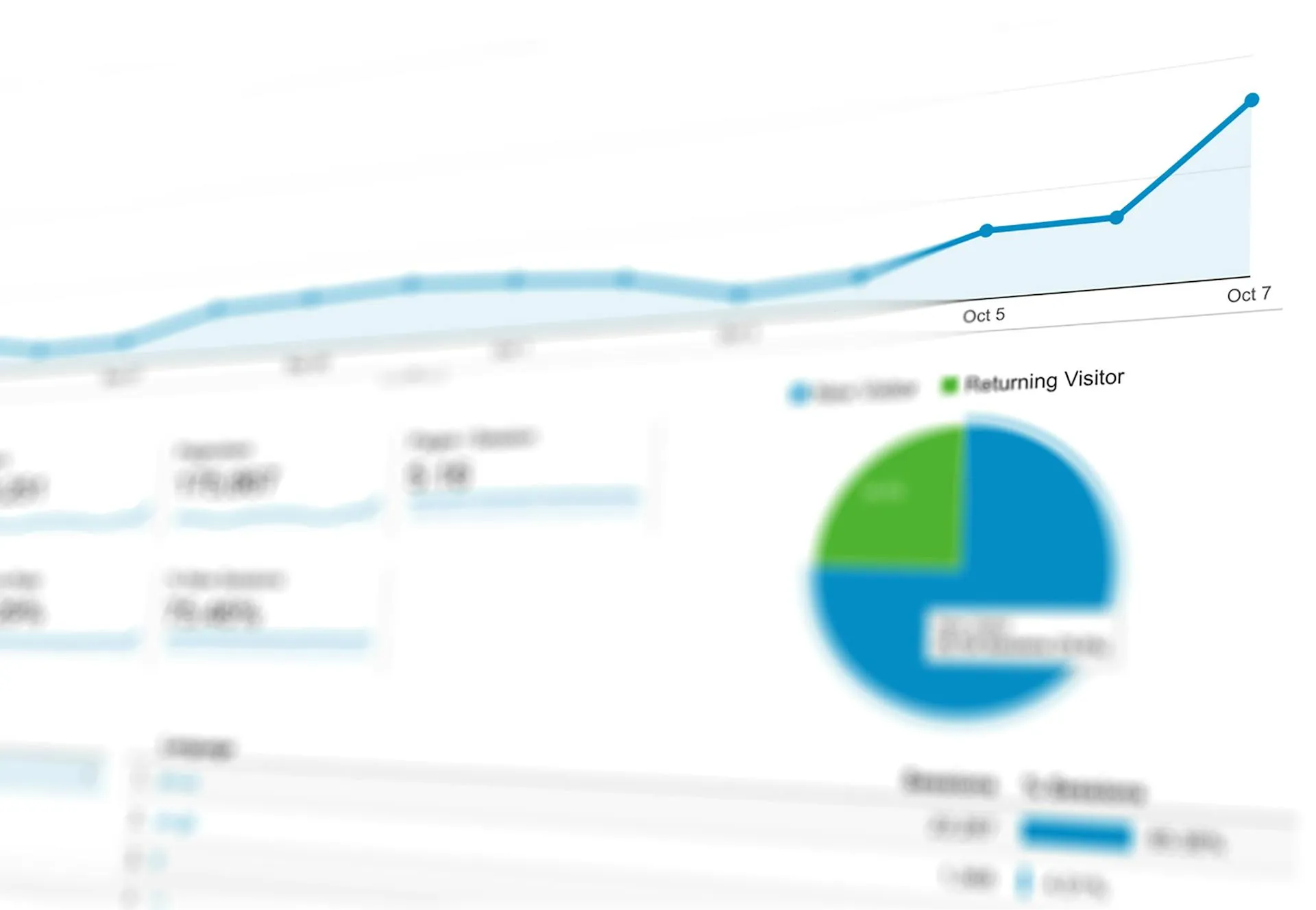Website Performance Enhancement for Page Speed Optimisation
Boost your website's SEO with our speed optimization guide. Learn performance analysis, loading time improvements, and technical fixes for better rankings.

In today’s digital landscape, website speed isn’t just about user convenience—it’s a critical factor that directly impacts your search engine rankings and overall online success. As a leading SEO service provider in Australia, we’ve seen firsthand how speed optimisation can dramatically improve search performance and user engagement.
Why Website Speed Matters for SEO
Website speed has become increasingly important since Google officially announced it as a ranking factor. Here’s why it matters:
- User Experience: Fast-loading websites provide a better user experience, leading to longer visit durations and lower bounce rates
- Conversion Rates: Studies show that a 1-second delay in page load time can result in a 7% reduction in conversions
- Mobile Performance: With Google’s mobile-first indexing, speed is particularly crucial for mobile users
- Crawl Efficiency: Faster sites allow search engines to crawl more pages with their allocated crawl budget
Essential Tools for Measuring Website Speed
Before optimising your site, it’s important to establish baseline performance metrics. Here are some reliable tools:
-
Google PageSpeed Insights
- Provides detailed performance metrics
- Offers specific optimisation recommendations
- Shows both mobile and desktop performance
-
Core Web Vitals Core Web Vitals are Google’s metrics for measuring user experience. They consist of three key measurements:
- Largest Contentful Paint (LCP): This measures loading performance by tracking how long it takes for the largest content element (like an image or text block) to appear on screen. A good LCP should occur within 2.5 seconds.
- First Input Delay (FID): This measures interactivity by tracking the time from when a user first interacts with your site to when the browser responds. A good FID should be less than 100 milliseconds.
- Cumulative Layout Shift (CLS): This measures visual stability by quantifying how much unexpected layout shift occurs during page loading. A good CLS score should be less than 0.1.

Key Speed Optimisation Techniques
1. Image Optimisation
Images often account for the largest portion of page weight. Implement these techniques:
<!-- Example of responsive image implementation -->
<img
src="image.jpg"
srcset="image-300w.jpg 300w, image-600w.jpg 600w, image-900w.jpg 900w"
sizes="(max-width: 300px) 300px,
(max-width: 600px) 600px,
900px"
alt="Optimised responsive image"
loading="lazy" />
- Use appropriate image formats (WebP for modern browsers)
- Implement lazy loading
- Utilise responsive images
- Compress without quality loss
2. Caching Implementation
Caching significantly reduces server load and improves load times by storing copies of your site’s files closer to your users. A Content Delivery Network (CDN), which is a network of servers distributed globally, delivers cached website content to users based on their geographic location. Implement these caching strategies:
- Browser caching: Store common resources in users’ browsers
- Server-side caching: Cache database queries and page components
- CDN implementation: Distribute content across global servers
3. Code Optimisation
Clean, optimised code is crucial for fast load times:
- Minify CSS, JavaScript, and HTML
- Remove unused code
- Optimise critical rendering path
- Reduce server response time
Real-World Speed Improvements
Case Study: E-commerce Site Optimisation
One of our clients, an Australian e-commerce site, achieved significant improvements:
- Initial load time: 6.2 seconds
- After optimisation: 2.1 seconds
- Ranking improvement: 12 positions for main keywords
- Conversion rate increase: 23%

Common Speed-Related Issues and Solutions
-
Server Response Time
- Upgrade hosting if necessary
- Optimise database queries
- Implement caching solutions
-
Resource Blocking
- Defer non-critical JavaScript
- Inline critical CSS
- Optimise resource delivery
-
Mobile Performance
- Use mobile-first design principles
- Optimise for touch interactions
- Implement AMP where appropriate
Getting Professional Help
While many speed optimisation techniques can be implemented independently, achieving optimal results often requires professional expertise. Our web design services include comprehensive speed optimisation as part of our development process, ensuring your website performs at its best from day one.
Monitoring and Maintaining Speed
Speed optimisation isn’t a one-time task. Regular monitoring and maintenance are essential:
- Set up regular speed monitoring
- Keep software and plugins updated
- Regularly review and optimise new content
- Monitor server performance
Conclusion
Website speed optimisation is a crucial aspect of modern SEO strategy. By implementing these techniques and regularly monitoring performance, you can improve your search rankings, user experience, and conversion rates.
Need help optimising your website’s speed? Our team of SEO experts can help identify and fix performance issues that may be holding back your search rankings. Contact us for a comprehensive website speed audit and optimisation plan.